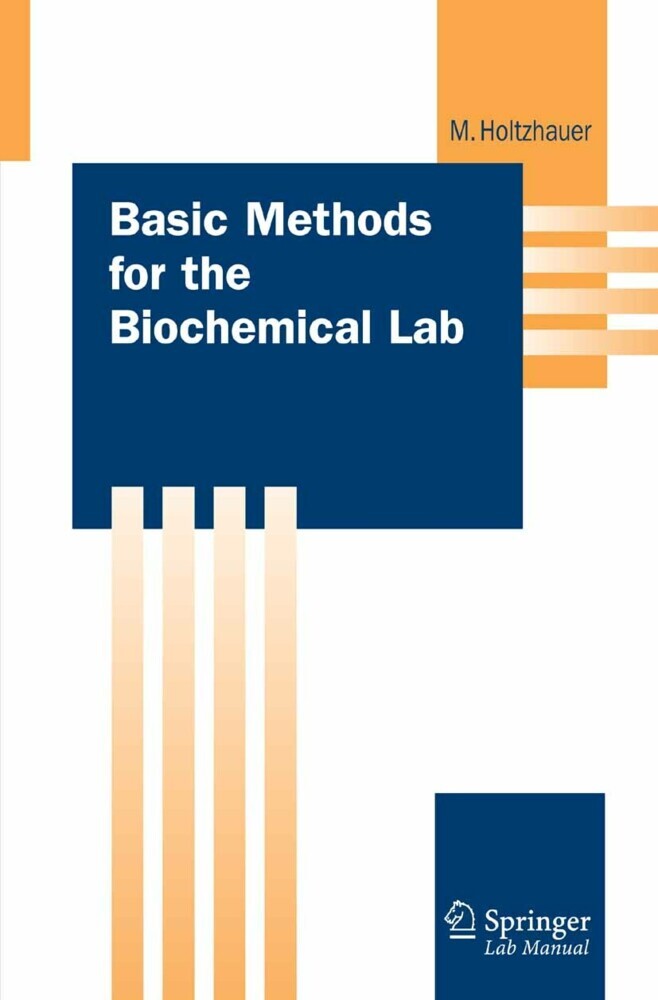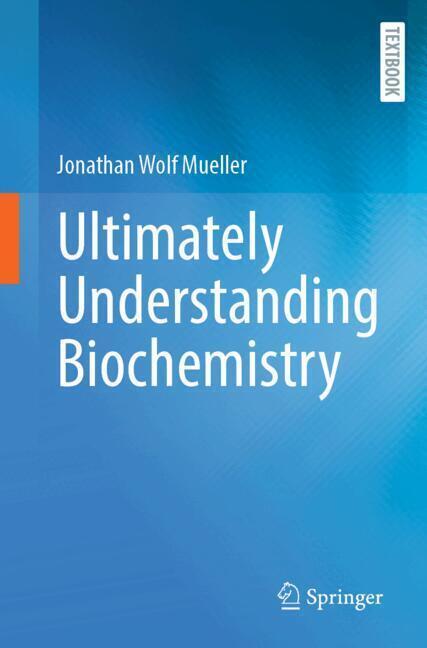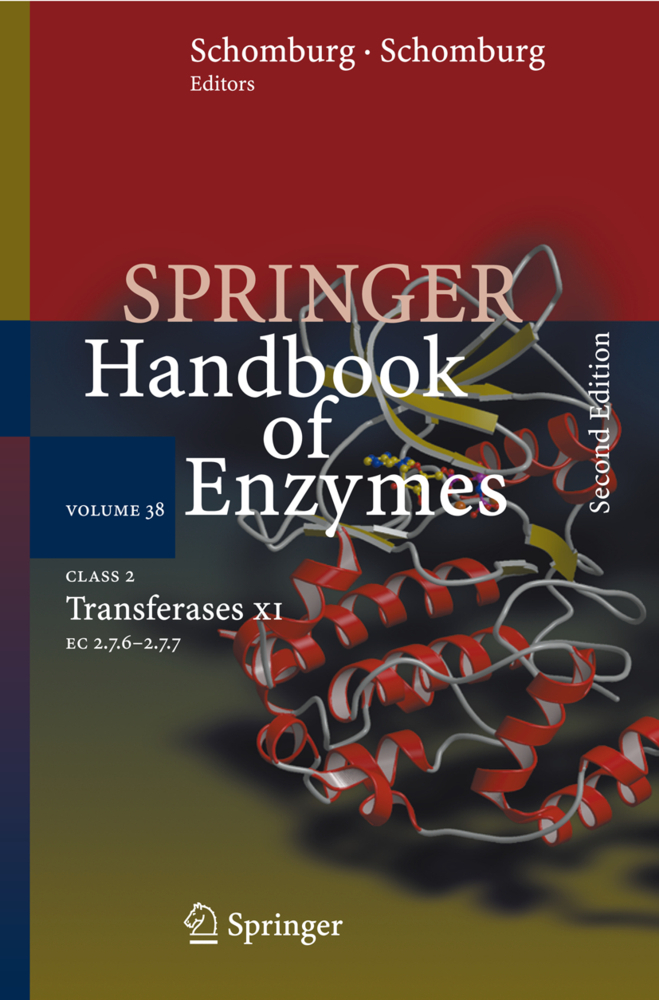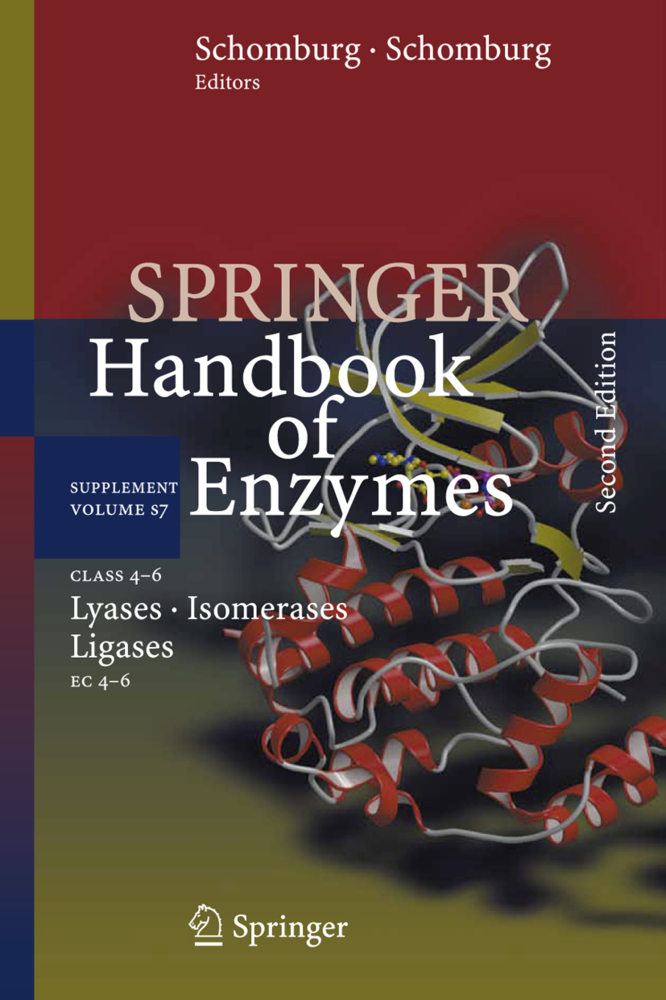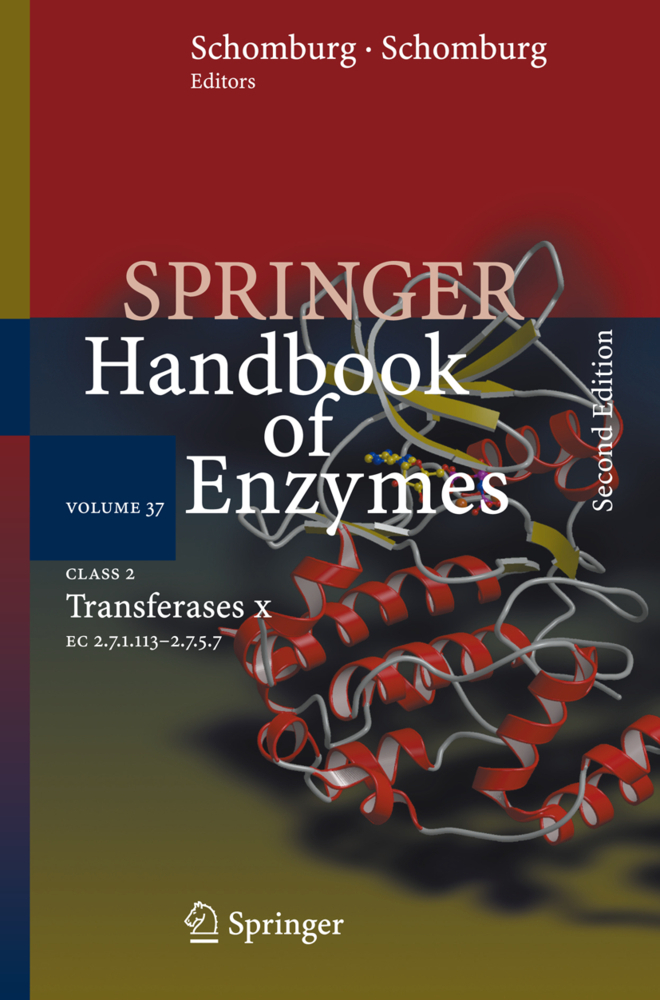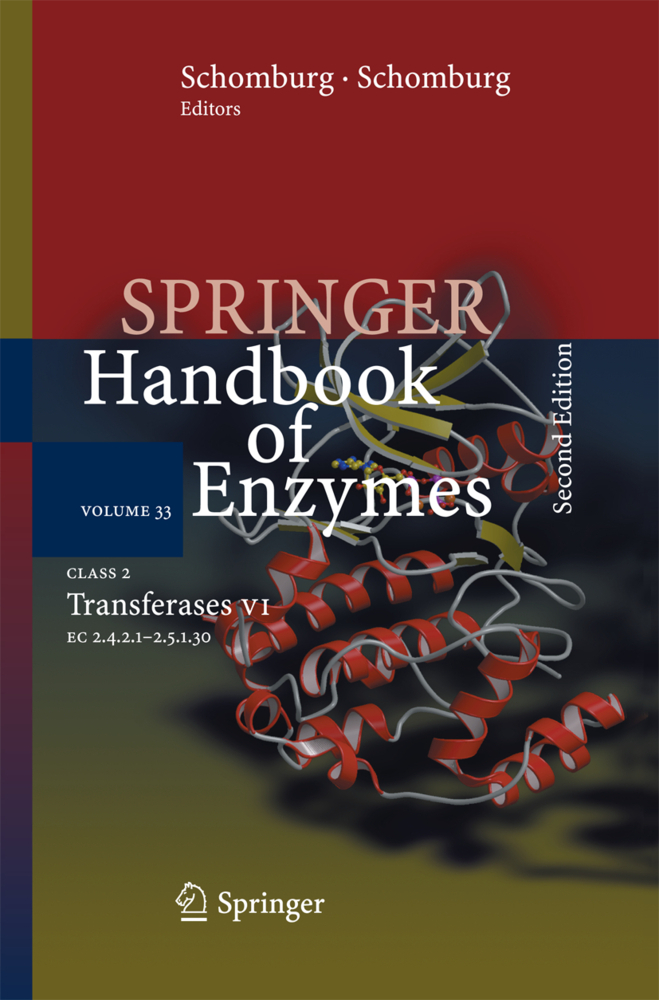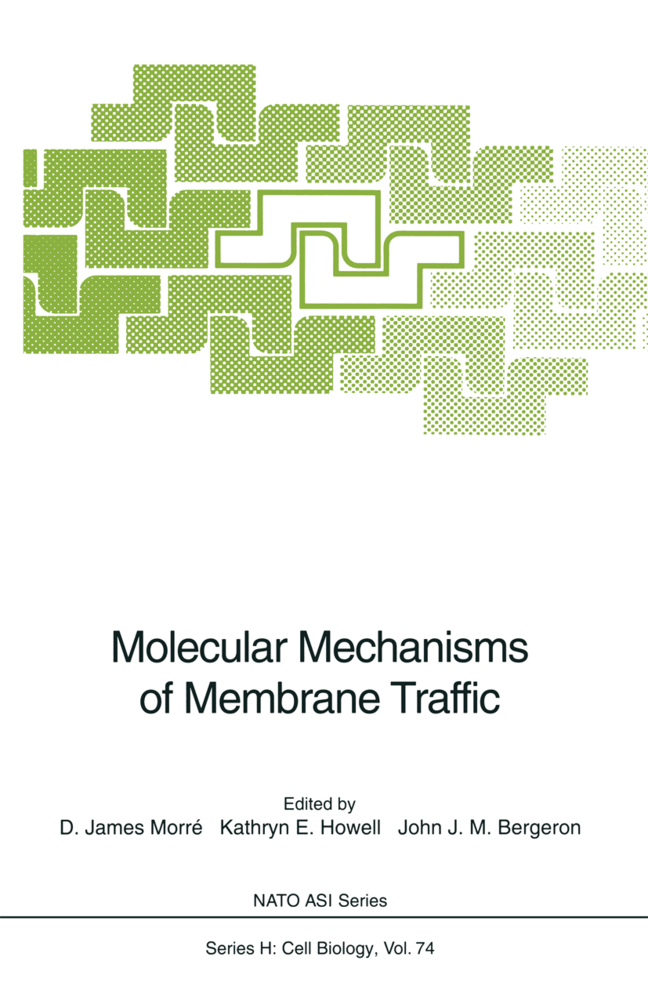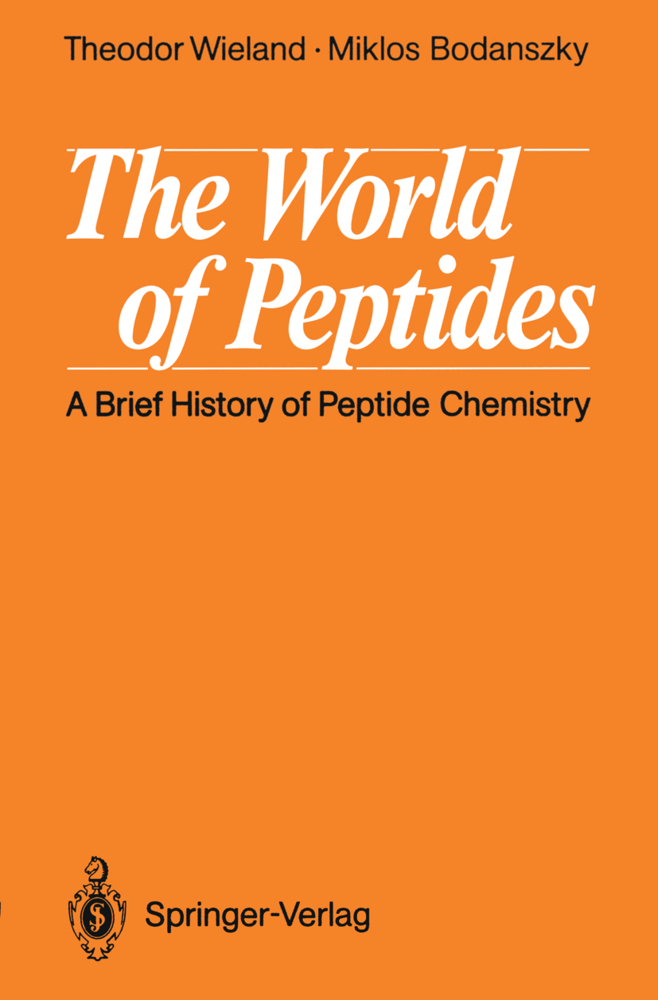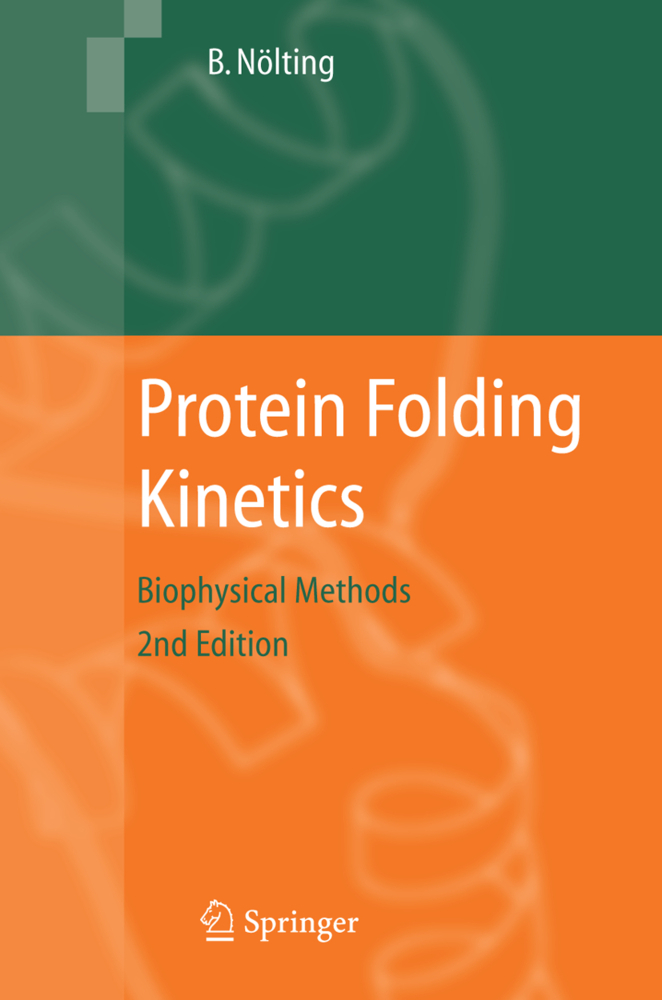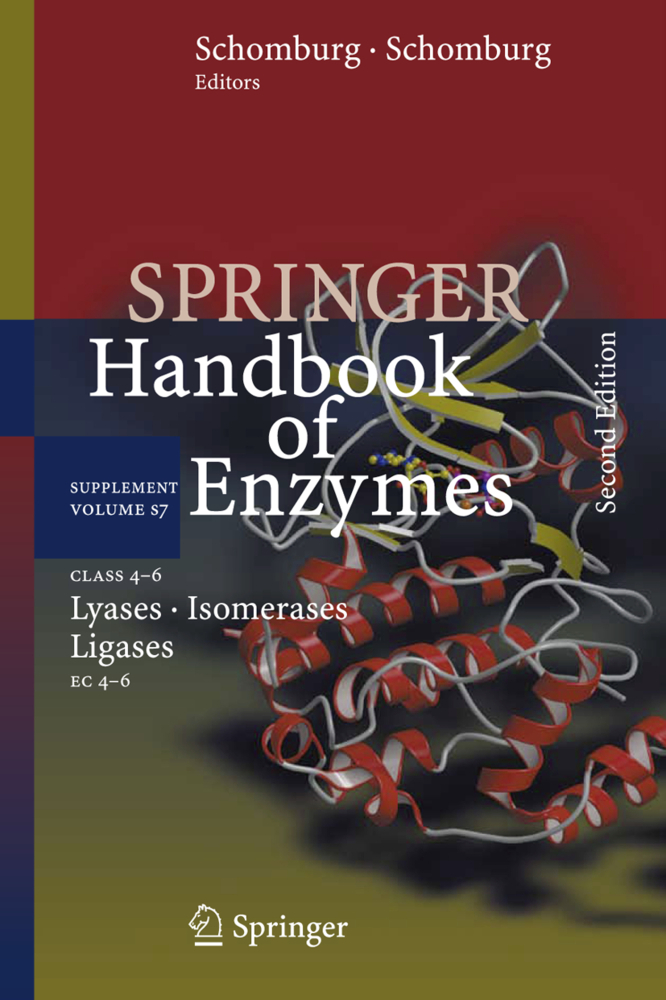Basic Methods for the Biochemical Lab elucidates proven lab procedures and practical hints for research in analytical and preparative biochemistry, as well as summarizing key data in numerous tables. To further emphasize the practical aspects and to minimize the text, theoretical introductions into the methods are mostly omitted.The chapters cover: quantitative methods (proteins, nucleic acids, phospholipids and carbohydrates), electrophoresis (several polyacrylamide and agarose systems, 2D-PAGE, detection methods and affinity electrophoresis), chromatographic protocols (thin-layer chromatography, GPC, IEC, affinity chromatography, HPLC), immunochemical protocols (hapten-carrier and enzyme conjugation, immunization and antibody purification, immune affinity chromatography, ELISA), centrifugation (differential and density gradient centrifugation for cells and cellular fractions), radioactivity (labeling and counting), buffers (buffer properties and compositions).In additional chapters, tables compile a broad array of useful information, e.g. SI units conversion factor, detergent, protein and nucleotide data, and the basic principles of statistics and enzyme and receptor kinetics are reviewed.This first English-language edition of a successful German-language manual will be a valuable resource for students and experts in biochemistry, biotechnology and biomedical laboratories.
1;Preface;6 2;Table of Contents;7 3;Abbreviations;14 4;1 Quantitative Methods;16 4.1;1.1 Quantitative Determinations of Proteins;16 4.2;1.2 Quantitative Determination of Nucleic Acids;28 4.3;1.3 Quantitative Phosphate Determinations;32 4.4;1.4 Monosaccharide Determination;34 4.5;1.5 Calculations in Quantitative Analysis;35 5;2 Electrophoresis;38 5.1;2.1 Polyacrylamide Gel Electrophoresis Systems;38 5.2;2.2 Agarose and Paper Electrophoresis;60 5.3;2.3 Aid in Electrophoresis;64 5.4;2.4 Staining Protocols;68 5.5;2.5 Electroelution from Gels;81 5.6;2.6 Drying of Electrophoresis Gels;94 5.7;2.7 Autoradiography of Radioactive Labeled Compounds in Gels;95 6;3 Chromatography;98 6.1;3.1 Thin-Layer Chromatography;98 6.2;3.2 Hints for Column Chromatography of Proteins;104 6.3;3.3 Gel Permeation Chromatography ( GPC; Gel Filtration, GF; Size- Exclusion Chromatography, SEC);108 6.4;3.4 Ion Exchange Chromatography (IEC);117 6.5;3.5 Hydrophobic Interaction Chromatography (HIC);122 6.6;3.6 Affinity Chromatography (AC);124 6.7;3.7 Concentration of Diluted Protein Solutions;139 7;4 Immunochemical Protocols;144 7.1;4.1 Conjugation of Haptens (Peptides) to Carrier Proteins;144 7.2;4.2 Immunization of Laboratory Animals;158 7.3;4.3 Ammonium Sulfate Fractionation of Immunoglobulins;159 7.4;4.4 Removal of Unspecific Immunoreactivities;161 7.5;4.5 Preparation of Egg Yolk IgY Fraction;163 7.6;4.6 Antibody Fragmentation;164 7.7;4.7 HEIDELBERGER Curve (Precipitin Curve);165 7.8;4.8 OUCHTERLONY Double-Radial Immunodiffusion;166 7.9;4.9 Immunoprecipitation of Antigens;168 7.10;4.10 Immunoelectrophoresis;169 7.11;4.11 Counterelectrophoresis;170 7.12;4.12 Dot-Blot Assay;171 7.13;4.13 Enzyme Immunosorbent Assay (EIA, ELISA);172 8;5 Centrifugation;176 8.1;5.1 Speed vs Centrifugal Force Graphs;176 8.2;5.2 Differential Centrifugation;179 8.3;5.3 Density Gradient Centrifugation;180 9;6 Radioactive Labeling;196 9.1;6.1 Radioactive Decay;197 9.2;6.2 Decay Tables for 32-Phosphorus, 35-Sulfur, and 125- Iodine;198 9.3;6.3 Enzymatic [32P]-Phosphate Incorporation into Proteins;200 9.4;6.4 Iodination with [125I]-Iodine Reagents;202 9.5;6.5 Scintillation Cocktails for Liquid Scintillation Counting;203 10;7 Buffers;206 10.1;7.1 Theoretical Considerations;206 10.2;7.2 Plot for Buffer Calculations;213 10.3;7.3 pH Indicators;214 10.4;7.4 Buffer Recipes;214 11;8 Tables;224 11.1;8.1 Concentration Units;224 11.2;8.2 Conversion Factors for SI Units;225 11.3;8.3 Data of Frequently Used Substances;227 11.4;8.4 Protein Data;231 11.5;8.5 Protease Inhibitors;236 11.6;8.6 Single-Letter Codes and Molecular Masses of Amino Acids;237 11.7;8.7 Spectroscopic Data of Nucleotides;240 11.8;8.8 Detergents ("Surfactants");240 11.9;8.9 Refractive Index and Density of Sucrose Solutions;243 11.10;8.10 Ammonium Sulfate Saturation Table;244 11.11;8.11 Diluted Solutions;246 11.12;8.12 Mixture Rule;247 12;9 Statistics and Data Analysis;248 12.1;9.1 Statistical Equations;248 12.2;9.2 Data Analysis;252 12.3;9.3 Diagnostic Sensitivity and Specificity;259 12.4;9.4 Software for the Lab;259 13;Subject Index;262
Holtzhauer, Martin
| ISBN | 9783540327868 |
|---|---|
| Artikelnummer | 9783540327868 |
| Medientyp | E-Book - PDF |
| Auflage | 2. Aufl. |
| Copyrightjahr | 2006 |
| Verlag | Springer-Verlag |
| Umfang | 252 Seiten |
| Sprache | Englisch |
| Kopierschutz | Digitales Wasserzeichen |

